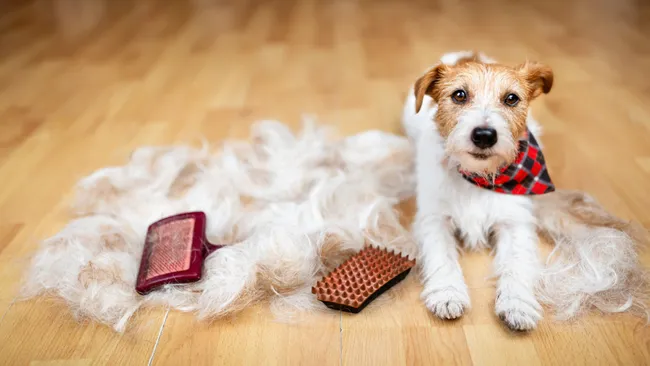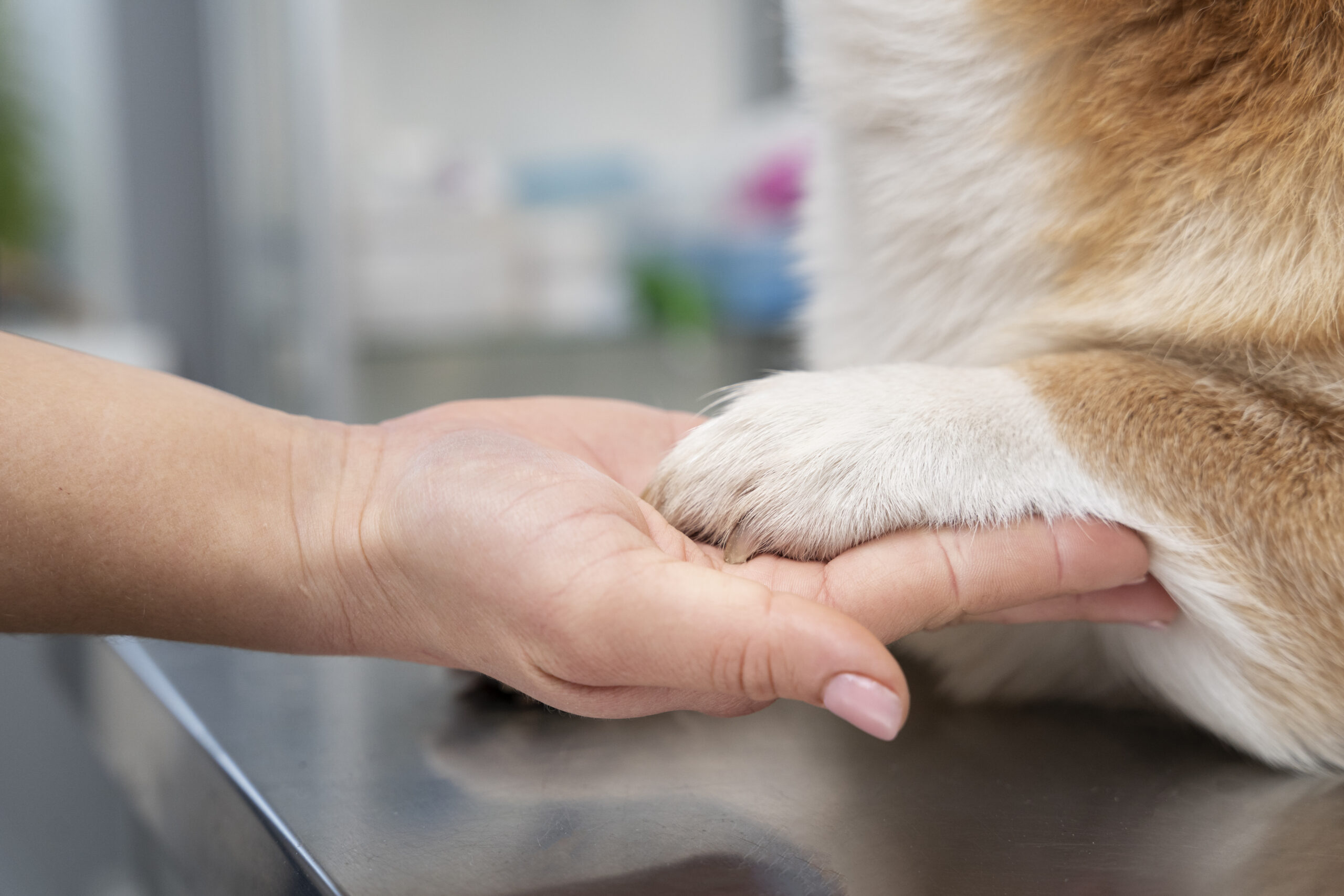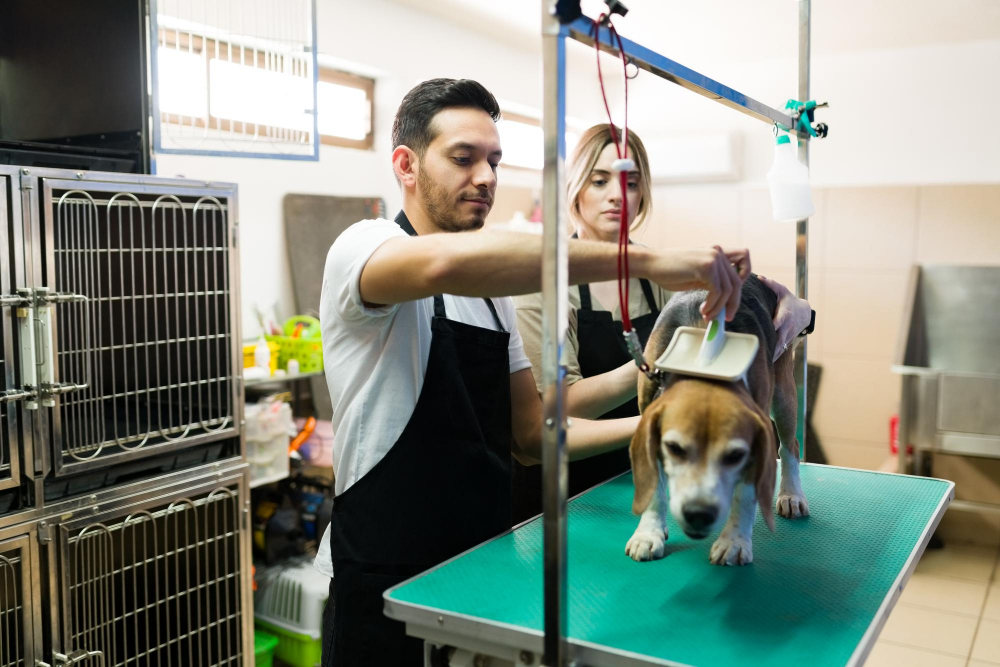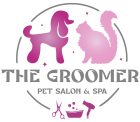When you hire a mobile pet groomer, you trust a professional to care for your dog. It keeps your dog healthy, clean, and happy. But you might not see the careful choices behind the scenes. The groomer picks every product with care. It includes the shampoo, the brushes, and the nail clippers. These choices directly affect your pet’s skin and fur. It also impacts your dog’s comfort and even its mood.
This guide helps you understand the key factors in dog grooming products. It is written for pet owners like you.
1. Know Your Dog First
Before picking tools or shampoos, assess the dog’s coat type and skin condition.:
- Coat type – Consider if the fur is short, medium, or long. Note if it is a single or double coat. Also, look if it is curly, straight, wiry, silky, or dense.
- Skin sensitivity – Check for allergies, dry skin, frequent itching, or hot spots.
- Lifestyle – Outdoor dogs get dirty and may pick up fleas or ticks. Indoor dogs may have issues with dust and heavy shedding.
- Age and health – Puppies, older dogs, and pets with health problems need softer, gentler products. Some may require special medicated shampoos.
That’s exactly right. The most important factor is matching the product to the dog’s coat type and skin condition. It makes the most significant difference in the results.
Read more about – The pet grooming essentials for surviving the UAE summer heat.
2. Shampoos & Conditioners: What to Look for
Key Features to Prioritize
- Use dog-specific pH – Dog skin has a different pH balance than human skin. Human shampoo can harm the skin’s protective barrier.
- Choose gentle formulas – For dogs with sensitive skin or allergies, pick shampoos with little fragrance. Look for natural ingredients like oatmeal or aloe vera. Avoid harsh sulfates and parabens.
- Have medicated shampoos on hand – Use special shampoos for problems like yeast, fleas, or dermatitis. Only use these if a veterinarian recommends them.
- Don’t forget conditioner – Long or thick fur dogs need conditioner to prevent mats. Even short-haired dogs benefit from a light conditioner for a shiny coat and healthy skin.
- Check for safe ingredients – Avoid artificial colors, strong perfumes, and essential oils that can be toxic to dogs. Always check if an ingredient is safe.
Types of Shampoos You Might Need
- Daily / regular use mild, non-stripping, fresh scent.
- Deodorizing / stain-removing for dogs that roll in mud, get into odorous areas.
- Deshedding helps control loose undercoat and hair shedding.
- The puppy formula is very gentle, tear-less.
- Medicated prescribed or vet-approved for special skin issues.
Practical Tips for Mobile Grooming
- Carry a few base shampoos (one mild for heavy dirt or odor) and one medicated or specialty shampoo.
- Pre-dilution or carrying concentrated shampoos helps save space/weight. Mobile setups benefit from lighter, multipurpose products.
- Always rinse thoroughly. Residue causes itchiness.
3. Brushes & Combs: Which Tools for Which Coat
Having the proper brushing and combing tools is very important. Bad tools can cause pain, pull fur, or leave mats in the coat.
Types of Brushes & What They’re For
Tool | Best For | Why It Matters |
Slicker brush | Long, curly, wiry coats; breeds prone to mats | Break up mats, detangle without too much pulling. |
Bristle brush | Short coats, smooth coats | Distributes natural oils, finishes coats with shine. |
Undercoat rake / deshedding tool | Double-coated breeds (e.g., Husky, Labrador) | Loosens undercoat, reduces shedding. |
Pin brush | Medium-long or curly coats | Helps with fluff, maintaining length, general maintenance. |
Wide-tooth comb | Detangling, especially after bath; for wet fur | Prevents mats, reaches close to skin gently. |
Fine comb / flea comb | Checking for fleas/ticks, finishing touches (ears, paws) | Ensures no parasites, smooth results. |
Practical Brush Traits to Look For
- Ergonomic handle – A comfortable grip gives you better control. It is essential that the dog moves.
- Quality materials – Look for brushes with stainless steel pins and firm bristles. Cheap brushes break easily and do not work well.
- Safety features – The pins should have rounded tips to prevent skin scratching. The brush should flex to help release tangles without pulling.
- Easy to clean – Choose a brush with a removable pad. The bristles should be spaced so that hair does not get stuck.
4. Nail Clippers & Nail Care
Trimming nails is often a stressful job. It is true for both the groomer and the dog. Using the right tools and techniques makes it much easier and safer for everyone.
Types of Nail Trimmers / Tools
- Scissor or plier-style clippers – They work for many dog sizes and are much easier for large dogs with thick nails.
- Guillotine-style clippers are best for small or medium dogs and offer reasonable control, but the blade must be sharp.
- Nail grinder or rotary file – This tool sands the nail smooth and suits dogs scared of clippers. It takes more time and requires patience.
What to Look For
- Sharp, high-quality blades – Use blades made from strong steel that stay sharp. Dull knives can crack or split a dog’s nail.
- Safety guard – Always use a tool with a safety guard or stop. It prevents you from cutting the quick, which is painful.
- Comfortable, non-slip grip – The handle should be easy to hold and not slip. It is essential when working in a moving van or under different lights.
- Quiet operation with low vibration – Choose tools that are quiet and do not vibrate much. It helps keep dogs calm during the grooming process.
Techniques & Frequency
- Trim nails carefully – Cut about ¼ inch from the quick. Always use the safety guard or sight lines on your tool.
- When unsure, trim less – If unsure, cut a minimal amount. Trimming more often is better than cutting too much at once.
- Keep the dog calm – Reward your dog with treats. Use a soothing voice. Take breaks if needed.
- Clean your tools – Always sanitize clippers and grinder attachments. It stops the spread of infections between pets.
5. Mobile Grooming: Additional Considerations
Mobile pet grooming has special challenges. You have limited space, weight, and time. You also have logistics to manage. Here is advice for choosing products specifically for a mobile groomer.
- Multipurpose Tools – Use brushes that detangle and smooth fur. Choose shampoos that clean and remove odors. It means you carry less equipment.
- Compact & Lightweight – Pick clipper kits, foldable brushes, and small dryers. It saves space in your van.
- Durability – Your tools will be moved often. Buy equipment that is strong and can handle bumps.
- Quick-Dry Products – Use shampoos and conditioners that help fur dry faster. It is essential in slow-drying, humid weather.
- Portable Washing Systems – Use foldable hoses and collapsible tubs. If you provide the bath, you need reasonable control over the water flow.
- Safety & Hygiene Supplies – Have disposable towels or very absorbent reusable ones. Use ear wipes, eye wipes, and clean clothes. Always have sanitizer for your tools.
Safety, Hygiene & Ingredient Checking
A product cannot just look good or have good reviews. In a mobile pet grooming van, small mistakes matter a lot. It can lead to skin problems, infections, and unhappy customers.
- Read the labels – Check the active ingredients. Avoid harsh chemicals or strong artificial fragrances.
- Do a patch test – Always test new shampoos or medicated products on a small skin area first.
- Check expiry dates and storage – Some shampoos and medicines spoil in heat. Store them correctly, as a mobile van can get very hot.
- Use separate tools for sick pets – If a dog has fleas, mites, or a skin infection, use different tools to prevent spreading it.
- Protect ears and eyes – Only use products made for ears and eyes. Keep products with alcohol away from these areas. Clean them gently.
Conclusion
As a pet owner, your main goal is your dog’s comfort, health, and kind treatment. The products used during grooming are key to this. The shampoo, brushes, and clippers all have a direct impact. Knowing what makes a good product, you can talk better with your groomer. You can make more intelligent choices, leading to a healthier dog.
FAQs
My dog's coat gets very dry in the Abu Dhabi heat. What shampoo should I use?
Choose a gentle, moisturizing shampoo with natural ingredients like oatmeal or aloe vera to combat dryness without stripping essential oils, avoiding harsh chemicals.
Are there specific brushes better for desert sand in a dog's coat?
A bristle brush is excellent for short-haired breeds to remove fine sand, while a slicker brush works best for longer coats to prevent sand from causing mats and tangles.
My dog's nails are worn down on Abu Dhabi's pavements. Do I still need to clip them?
Yes, but less frequently. Regular checks are essential, as nails may still need trimming, especially the dewclaws which don’t touch the ground.
How can I protect my dog's skin from the strong sun during grooming?
Use a conditioner with natural moisturizers to support skin health. For hairless breeds or close shaves, consult your vet about a pet-safe sunscreen.
What is the most important feature in grooming products for the UAE climate?
Prioritize gentle, hypoallergenic formulas to prevent irritation from frequent baths needed due to heat, sand, and dust.
Recent Post

Top Benefits of Choosing Professional Mobile Pet Grooming in Dubai and the UAE

5 Grooming Habits That Help Reduce Shedding at Home

Desert Paw Care – Protecting Your Pet’s Feet & Pads in the UAE Heat



